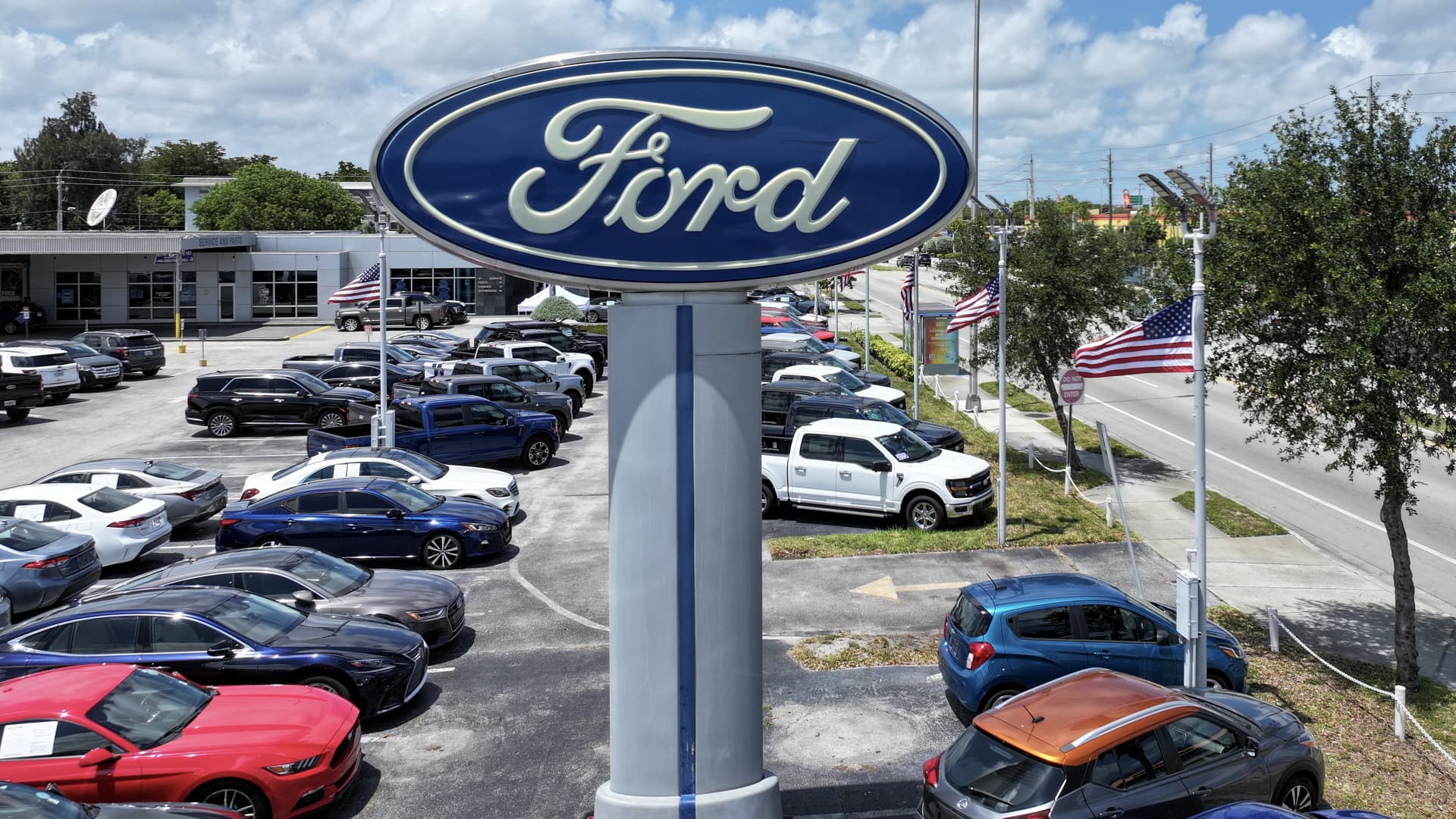Ford’s Q2 sales surge represents a significant milestone for the company, reflecting its strategic adaptability and market responsiveness. The 14.2% increase in sales, which vastly outpaced the industry average of 1.4%, underscores Ford’s ability to capitalize on key market trends and consumer demands. This performance not only highlights the company’s strengths but also sets the stage for future growth and innovation.
Strong Demand for Trucks and SUVs
One of the most notable aspects of Ford’s Q2 performance was the robust demand for its truck and SUV lineup, particularly the F-Series. The F-Series, a cornerstone of Ford’s profitability, saw an 11.5% increase in sales, reaching 222,459 units. This surge is indicative of the enduring popularity of trucks and SUVs in the North American market, where these vehicles are not only preferred for their utility but also for their strong resale value and brand loyalty.
The success of the F-Series is not an isolated phenomenon. Overall truck sales for Ford were up 23% in the first half of the year compared to the same period in 2022. This trend is driven by several factors, including the increasing demand for larger vehicles due to remote work and the need for more spacious and versatile transportation options. Additionally, Ford’s “Built Ford Tough” branding has resonated well with consumers, reinforcing the perception of durability and reliability.
Electrification and Hybrid Strategy
While Ford’s traditional internal combustion engine (ICE) vehicles continue to perform well, the company is also making significant strides in electrification. The mixed performance of Ford’s EV sales during the quarter highlights the challenges and opportunities in the electric vehicle (EV) market. Although EV sales slipped, the broader market for electrified vehicles, including hybrids, saw substantial growth.
Ford’s hybrid vehicles played a crucial role in driving the company’s Q2 sales growth. This underscores the importance of hybrid technology as a bridge to full electrification. Hybrids offer consumers a familiar driving experience with improved fuel efficiency and lower emissions, making them an attractive option for those not yet ready to fully commit to electric vehicles.
Looking ahead, Ford must focus on enhancing its EV lineup to compete more effectively in the rapidly growing electric vehicle market. This includes investing in technological innovation, improving battery range, and offering competitive pricing. The company’s recent announcement of $1 billion in cost reductions this year, driven by lower warranty expenses and production costs, will provide additional resources to support these initiatives.
Supply Chain Resilience and Market Volatility
The easing of supply chain constraints has been a significant factor in Ford’s Q2 sales surge. The automotive industry has faced numerous challenges in recent years, including the global chip shortage and disruptions caused by the COVID-19 pandemic. As these issues abate, manufacturers like Ford are better positioned to meet consumer demand and maintain production levels.
However, the automotive industry remains vulnerable to market volatility and external factors. Ford must continue to build resilience in its supply chain by diversifying suppliers, investing in technology to improve supply chain visibility, and developing contingency plans to mitigate potential risks. This proactive approach will ensure that Ford can navigate unforeseen challenges and maintain its competitive edge.
Financial Implications and Future Outlook
Ford’s strong sales performance in Q2 has had a positive impact on the company’s financial outlook. The company reported an 18% increase in profit for the second quarter, driven by strong results in North America and Asia Pacific. This financial strength provides Ford with the resources to invest in future growth initiatives, including electrification, autonomous driving, and connectivity.
Looking ahead, Ford faces both opportunities and challenges. The company must continue to innovate and adapt to maintain its competitive edge in a rapidly evolving market. This includes focusing on its core strengths, such as its truck lineup and its “Built Ford Tough” brand image, while also exploring new areas of growth and innovation.
Conclusion
Ford’s Q2 sales surge is a testament to the company’s resilience and adaptability in a rapidly changing market. The strong demand for trucks and SUVs, the success of hybrid vehicles, and the easing of supply chain constraints have all contributed to this impressive performance. However, Ford must continue to innovate and adapt to maintain its competitive edge in the face of evolving consumer preferences, technological advancements, and market volatility.
By focusing on its core strengths, investing in electrification and hybrid technology, and building resilience in its supply chain, Ford can position itself for long-term success. The company’s recent financial performance provides a solid foundation for future growth, and its strategic initiatives will be crucial in navigating the challenges and opportunities that lie ahead. As the automotive industry continues to evolve, Ford’s ability to adapt and innovate will be key to its sustained success.

